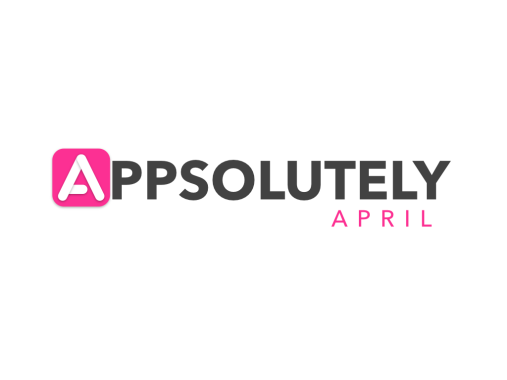
Teaching students the concepts of coding is such an important skill in today’s world. Teaching even our youngest learners these concepts is easier than one might think. To put it in the most simple of terms, coding is instructions given in order to complete a task. We use coding concepts in our daily lives without even thinking about it! We create daily schedules for students to follow, we lay out steps in projects, and we break down problems into smaller pieces, which is the skill of computational thinking.
I love the Code and Go Mouse from Learning Resources because of it’s simplistic design and ease of use. Kids love using the mouse and it’s fun to think of a variety of ways to integrate content curriculum with the mouse. I purchased mine on Amazon. You can’t beat that price, especially if you are low on technology resources.
One really fun way to use the mice is to build mazes on your floors with painter’s tape and build in obstacles that would block the mouse from moving further, which allows students to have to think about how they will get around that particular barrier. In this case, I created coding mats using Keynote on my Mac and then blew them up on our school poster maker. It’s important to make the squares 5″x5″ because the mouse travels a total of 5″ when it moves. Creating the squares to go the same distance really helps students visually understand how many forward spaces they need to travel.

Getting Started
To get started, talk to the students about what they know about coding. Talk about how coding is basically following a set of instructions (algorithm). They use these computational thinking skills when they get dressed in the morning, when they get ready for bed, when they make a sandwich, etc. Next, show students the coding cards (these come with the mouse). Those cards are the code they will follow when they program the mouse. Finally, introduce the mouse. We named our mouse Jack. Talk about how the buttons work and how they function. I usually show with a partner how the mouse works and I write an incorrect code so that we can demonstrate the process of de-bugging to find out where we might have made a mistake and then we try again.
Some additional tips:
- I put students in groups of 4. Each student has a role for one round and then they pass the necklace with their role title to the right. This ensures each child has a turn to do each job. That being said, this is a collaborative project and they need to work together to create the code to get the mouse to where they want to go. They have to break down the problem with the coding cards (these come with the mouse). The roles: Object Chooser, Code Writer (programmer), Code Tester (button pusher), and Code De-Bugger. I put the cards on lanyards and have the students wear these. This really is a must because all of the kids want to push the buttons. 🙂
- Rotate the mats so each group has a chance to use all 4 mats.
- Use some type of marker (blocks work great here) to designate what object they are coding to get to.

Download Resources:
- Code and Go Mouse
- Coding Mats (created in Keynote)
- Coding Role Cards (I laminate and put on lanyards)
- Poster of Jack (how the buttons work)
Happy Coding!






